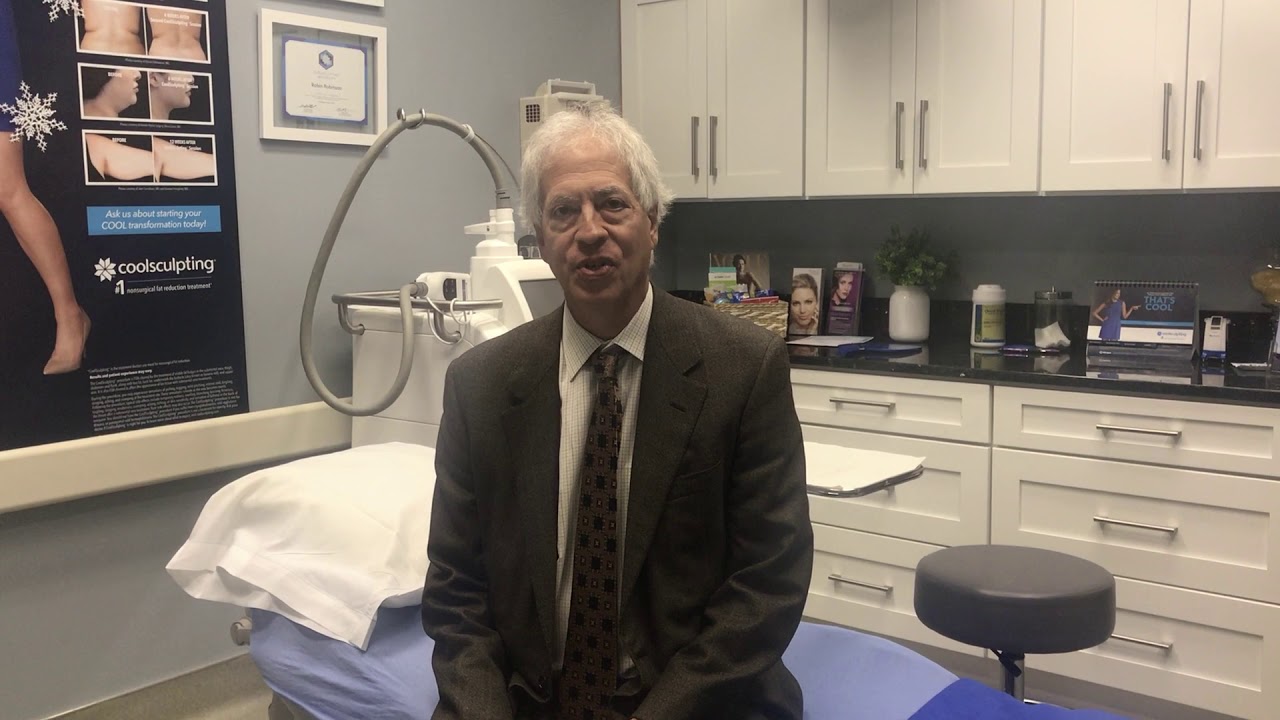Introduction
The birth of a child is a momentous occasion, celebrating the miracle of life. However, for some families, this joy may be tempered by the presence of a birth defect in their newborn. In such cases, reconstructive surgery emerges as a beacon of hope, offering healing and improvement for children born with various structural anomalies. Dr Lawrence Gray sheds light on how reconstructive surgery can positively impact children facing these challenges from birth.
Craniofacial Anomalies: Enhancing Functionality and Appearance
Craniofacial anomalies, including conditions like cleft lip and palate or craniosynostosis, often necessitate reconstructive surgery. Surgery for cleft lip or palate significantly improves a child’s ability to eat, speak, and breathe, while also enhancing their facial appearance. For children with craniosynostosis, reconstructive surgery not only ensures normal brain development but also restores the natural shape of the head, fostering a healthier and more confident start to life.
Ear Malformations: Restoring Hearing and Appearance
Children born with congenital ear deformities, such as microtia, can greatly benefit from the right reconstructive surgery procedures. Skilled surgeons can craft a new ear by shaping cartilage from the child’s ribs, effectively improving their hearing abilities and enhancing their overall appearance. This surgical intervention provides a promising path to a more fulfilling and socially engaged childhood.
Congenital Hand Defects: Enhancing Function and Confidence
Hand deformities like syndactyly (webbed fingers) or polydactyly (extra fingers) can be corrected through reconstructive surgery. These surgical procedures not only enhance hand function but also improve its aesthetic appearance. Ultimately, such interventions contribute to a child’s social development and self-esteem, empowering them to navigate the world with confidence.
Congenital Heart Defects: Prolonging Life and Well-Being
While not externally visible, congenital heart defects rank as the most common type of birth defect. These conditions often lead to functional issues that require surgical intervention. Reconstructive cardiac surgery plays a vital role in correcting these defects, ultimately improving the health and longevity of children born with such conditions. These surgeries provide a lifeline, allowing children to lead healthier lives.
Spina Bifida: Protecting the Nervous System
Reconstructive surgery also plays a crucial role in managing spina bifida. By closing the defect in the spinal column, skilled surgeons can prevent infection and additional trauma to the spinal cord. This surgical procedure effectively safeguards the child’s nervous system and promotes healthier growth, offering hope to families facing this challenging condition.
Conclusion
Dr Lawrence Gray underscores the transformative impact of reconstructive surgery on children born with birth defects. Beyond physical restoration, these surgical procedures offer a chance at improved functionality, enhanced appearance, and, most importantly, a brighter future filled with opportunities and possibilities. Reconstructive surgery exemplifies the remarkable potential of medicine to provide hope, healing, and a better quality of life for children facing the challenges of birth defects.
